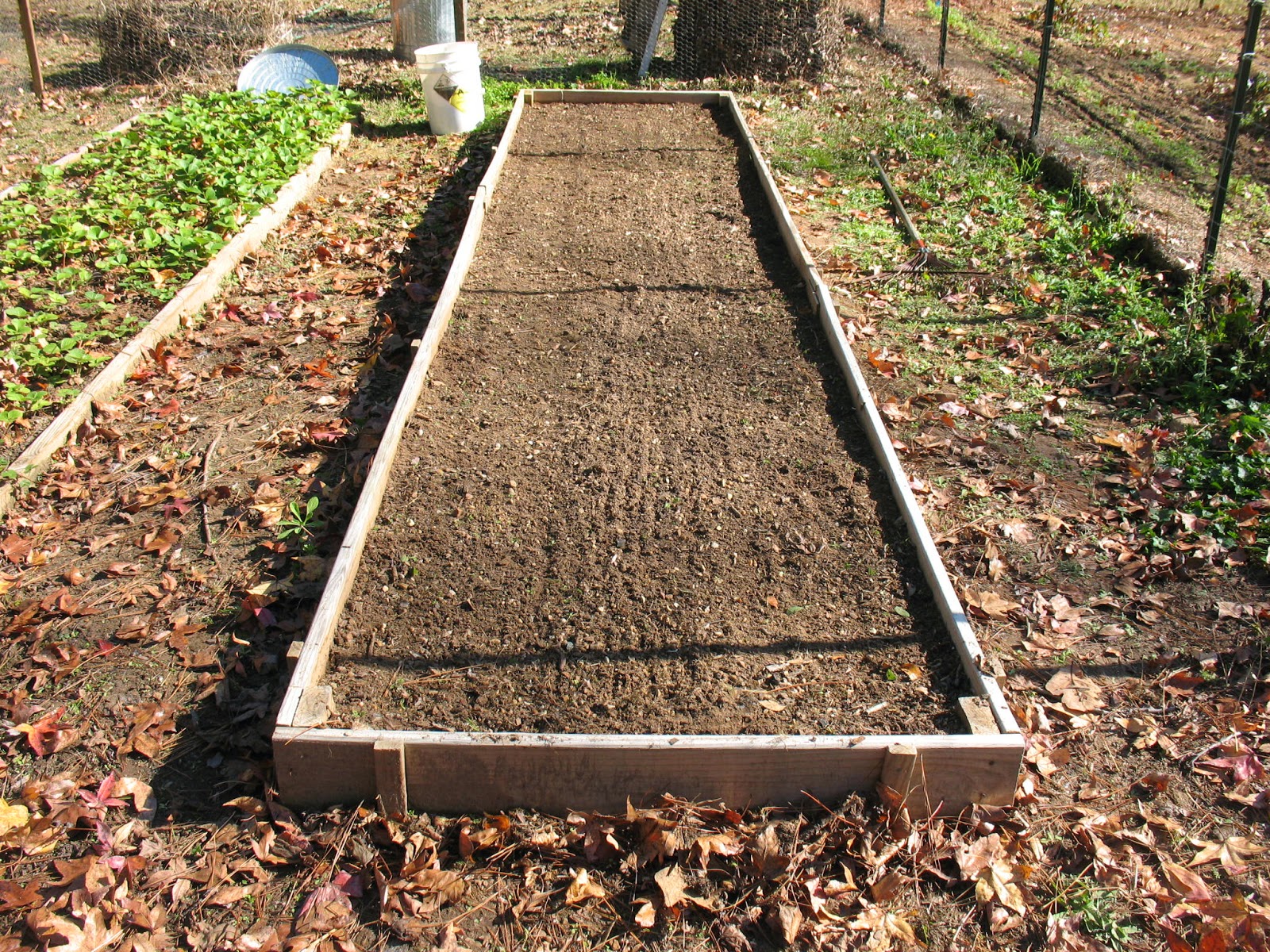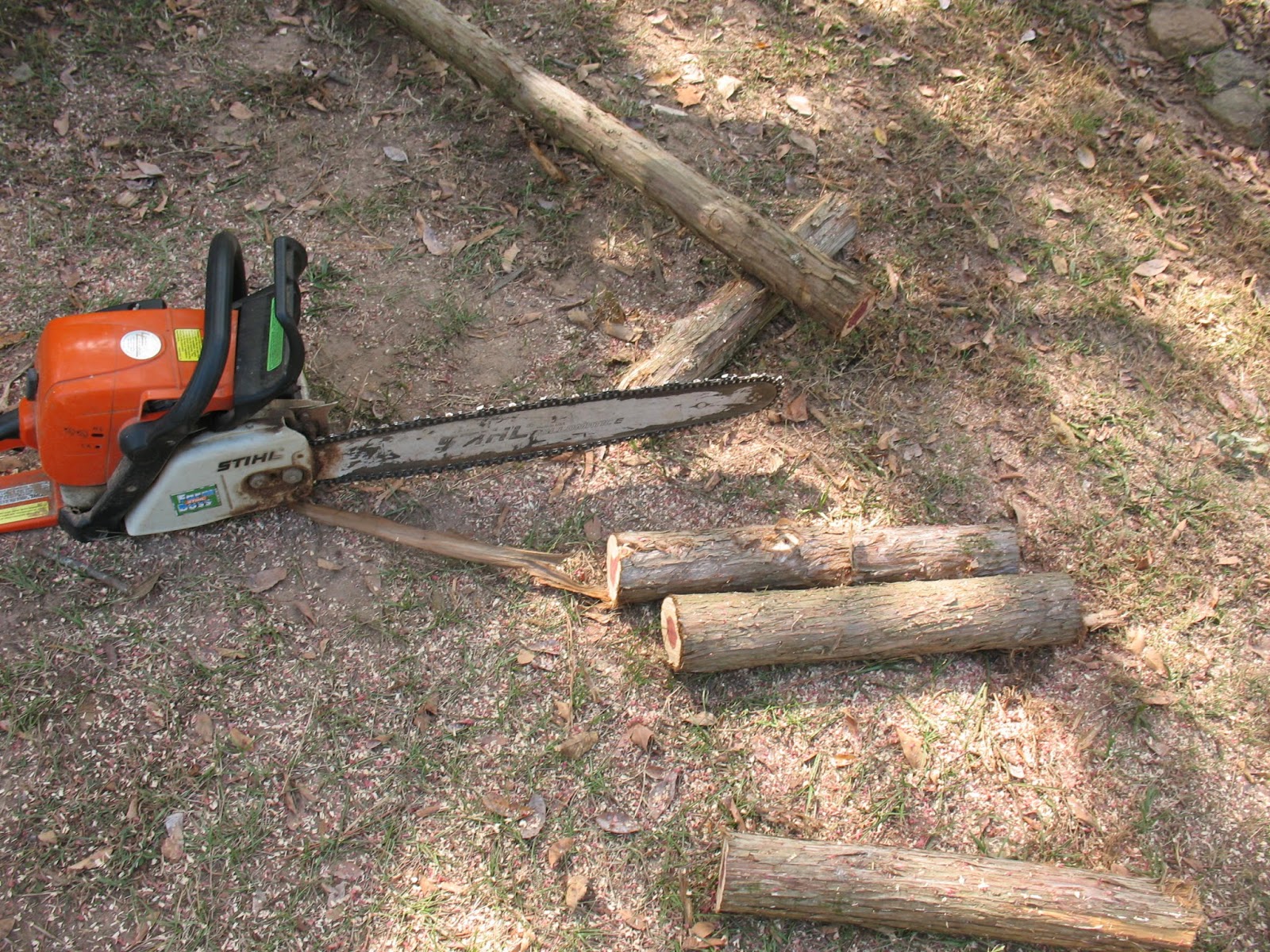Montagnard is a French term referring to several hill tribes
in Southeast Asia. Many Montagnard tribesmen, with the help of
U.S. Special Forces, joined in the fight against the Viet Cong during the Vietnam
War. Historically, the Montagnard people used crossbows for hunting and self
defense. These crossbows are simple and
no-frills, but they are very effective and can be very powerful.
I have recently become interested in crossbows, and for my
first project I decided to build a copy of a Hmong crossbow. Although there are tribal and individual
variations in these crossbows, they all work pretty much the same. The major difference that I found in these
bows is the trigger system. Some of the
bows used a “T” shaped wooden trigger that drops down through a slot in the
tiller (stock). Other bows use a little
lever on the side of the tiller that lifts the string when you push down on it
with your thumb. I used the “T” trigger
on the first bow that I built, but I couldn’t get it to work reliably enough to
suit me. I ditched the “T” trigger and
tried out the lever system. This worked
very reliably, but because the lever is mounted on the right side of the bow it
tended to lift the right side of the string first and thus caused the bow to
shoot to the left. I corrected this
short-coming by putting a lever on both sides of the tiller with a dowell
connecting the two levers. This lifts
both sides of the string at the same time, and although it is probably not
strictly traditional, it makes the bolt (arrow) fly much straighter.
Here is a quick tutorial on how I built my Hmong style
crossbow. The tiller is built of scrap
¾” shelving lumber, and the 30” prod (bow) is made of hickory. I won’t go into making the prod in this post
as there are already several posts on this blog about how to make a bow and
bowstring. I will say that I have made
one similar crossbow using 3/4” schedule 40 PVC pipe for the prod, and it
worked very well. If you are leery of
trying to make a wooden bow, you may want to go the PVC route.
First I drew out the outline of the tiller on a ¾” pine
board.
Then I used my band-saw to cut out the tiller. You could do this with a jig-saw or even a
hand saw, but it’s quicker and easier if you have access to a band-saw. I used a wood rasp and sandpaper to round off
the edges and clean the stock up.
You need a shallow groove in the top for the bolt (arrow) to
rest in. I made this by drawing a line
down the center of the top then using my knife point to scratch a shallow
groove along the line. With the groove
to act as a guide, I rubbed back and forth with a round file to create a
rounded groove about 1/8” deep. That’s
as deep as you really need.
Now it’s time to mount the prod in the tiller. I found the center of the prod and took a few
measurements which I transferred to the side of the tiller. I drilled several holes through the tiller
and then used a rattail file to complete the slot. I took my time on this with a lot of pauses
to check the fit of the prod. It needs
to be a snug fit. Don’t worry if you get
the slot a little too large. You can use
a small wedge or two to hold the prod in tightly. I have seen these wedges on several
Montagnard crossbows.
The trigger assembly consists of three parts; two levers and
a short piece of ¼”dowel rod. I cut the
levers out of some ½” scrap. I cut them
in a little bit of a fancy shape, but this is not at all necessary. They could be simple rectangles.
I drilled a hole in each lever, making sure
that the holes lined up perfectly. The
holes in the levers are a little smaller than the dowel so that the dowel can
be trimmed down and wedged tightly into the levers.
I positioned one of the levers where it will need to be on
the tiller and marked the tiller where I could drill a hole through it for the
dowel. I drilled this hole a little
larger than the dowel so that the dowel will turn easily in it.
I put a little wood glue on the dowel and inserted it into
the right lever, then I stuck the dowel through the hole in the tiller. I held the other lever up to the dowel and
marked the dowel so that I could cut it to the correct length. I removed the dowel from the tiller and
trimmed down the other end until it would fit in the left hand lever, but I did
not glue it. Repeat, DON’T GLUE ON THE
SECOND LEVER YET.
Now I paused in construction to give everything a nice coat
of stain and took a break to make some arrows while it dried.
Montagnard arrows are made of straight, round
shoots or bamboo splits. They are split on
one end, and a folded bamboo leaf is inserted for a fletching. The split in the shaft is then glued back
together and wrapped with thread to reinforce it.
I made a traditional arrow, but it didn’t
perform very well and the bamboo leaf tore up after about three shots. I guess I need a Montagnard to show me how
this should be done, because I obviously did something wrong. As an alternative I cut some 5/16” dowels
about 14 inches long and fletched them with duct tape. They performed much better.
When the stain had dried I inserted the trigger assembly and
very carefully glued the other lever on.
You want to make sure that you don’t get any glue on the inside of the
lever or you may end up with it permanently, and immovable, glued to the side
of the tiller. Also make sure that the
two levers are dead even so they will both lift the string at the same
time. Now I have to set it all aside
until tomorrow so the glue can dry.
OK, the glue is dry and it’s time for a little test firing.
Using a pointed dowel and duct tape arrow I
shot at a dense foam target from 30 feet.
The arrow still shot a little to the left, but the penetration was about
five inches. Not bad.
I shot it for distance, and boy was I
surprised. The arrow flew 82 yards which
was about twice what I was expecting.
The crazy thing is that the arrow hit a treated post in front of my shop
at the end of its flight and the sharpened wooden point stuck 1/2 “ into the
post.
This is definitely not a toy. I believe that with a little practice you
could easily hunt small game with this crossbow.





























































